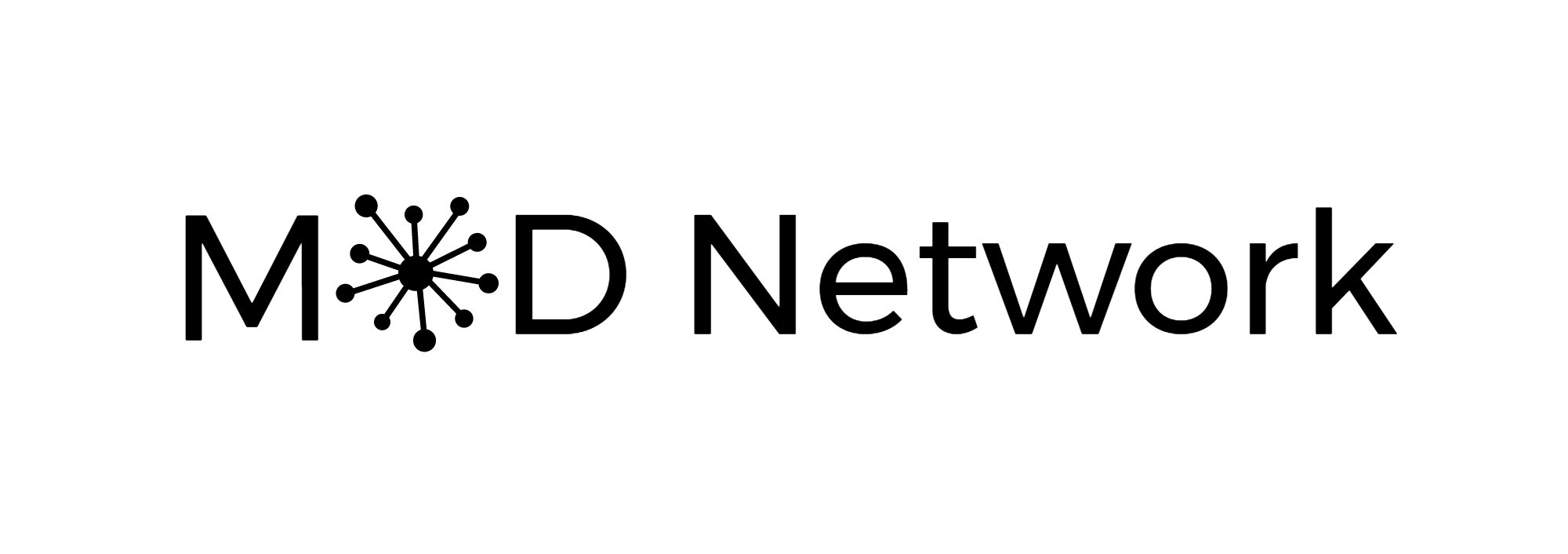Kicking Off A Change Initiative?
Change Management is the practice of looking at the whole system from inception to adoption by finding ways to ensure its success. The impact of change is often underestimated in misdiagnosed even before the formal project starts. It is important to start any potential change initiative by asking a series of questions with the intent to deeply understand the core of the issue and not accepting quick answers that might fit a preset narrative. We are often drawn to make change because others have convinced us it's the right thing to do rather than internally deciding that change is warranted and seeking away to make it happen. Taking the time to make sure there is common understanding and agreement on why the change is taking place is essential to long-term success.
There are 3 questions I'm going to pose to you as essential starting points when you're considering making a change in your organization. These questions lay the foundation and groundwork for your project. Teams that invest the time in getting agreement on these three questions, have greater outcomes and impact on their initiatives.
The first question that any team should consider before embarking on a change initiative is: Why are we making a change? (What is the problem we are trying to solve?)This may seem obvious to the assembled team, however oftentimes there is a lack of consensus on this fundamental question. The answers, or lack of answers to this question, will inform you on how well the team understands what the true issue is. Without clarity and agreement on the 'why', your team and the project will not succeed. Simon Sinek's "Start With Why" is a rallying cry on this core principle. You and your teams need to understand why they're doing something. Your change teams ability to consistently communicate the 'why' will ensure that anyone who is impacted by the change is on the same page.
The second question that you and your team should be prepared to answer is: What is the change we are proposing? (What are we proposing to solve the problem?) I'm often surprised when this seemingly simple question can render a whole room of people silent. Being able to articulate the change you're hoping to do in a clear and concise manner can truly make or break the entire project. This clarity around the actual change that is being made is essential when fostering a culture of accountability and transparency. Your team needs to be able to quickly and clearly communicate the change that is being proposed. If your team doesn't understand it, the rest of the organization won't either. Seek out feedback on whether your messaging about the change is digestible and meaningful. Just because it's simplified doesn't mean it can't be impactful.
The third question you and your team should be prepared to answer is: What is the expected impact of the change? (Will our proposal solve the problem or only a part of the problem?) This is where you will be able to see whether your team is grounded in data and reality. Is there an honest sense of what the proposed change will accomplish for the original issue presented. Of course you and your team want the change to solve the issue that you’ve identified, but does it actually accomplish that goal? It’s a challenging question to answer and requires that your team has taken the time to think about the issue through the lens of the proposed solution. Will this change fix all of the challenges that are currently present or will it only address one or two of the challenges? Once there is an honest assessment of that, you and your team then can objectively decide if the effort and impact are aligned.
Starting a new project isn’t easy or straightforward, however incorporating change management practices will help make your change easier. Consider leveraging these questions at the start of your project to ensure alignment and clarity on 1) the problem being solved for, 2) the proposed solution to the problem, and 3) the impact of the solution for the problem.
We’d love to hear your examples of how these questions impacted your project and share them with our community. Lastly, please Like, Comment, and Share this article with anyone you think could use this information!



